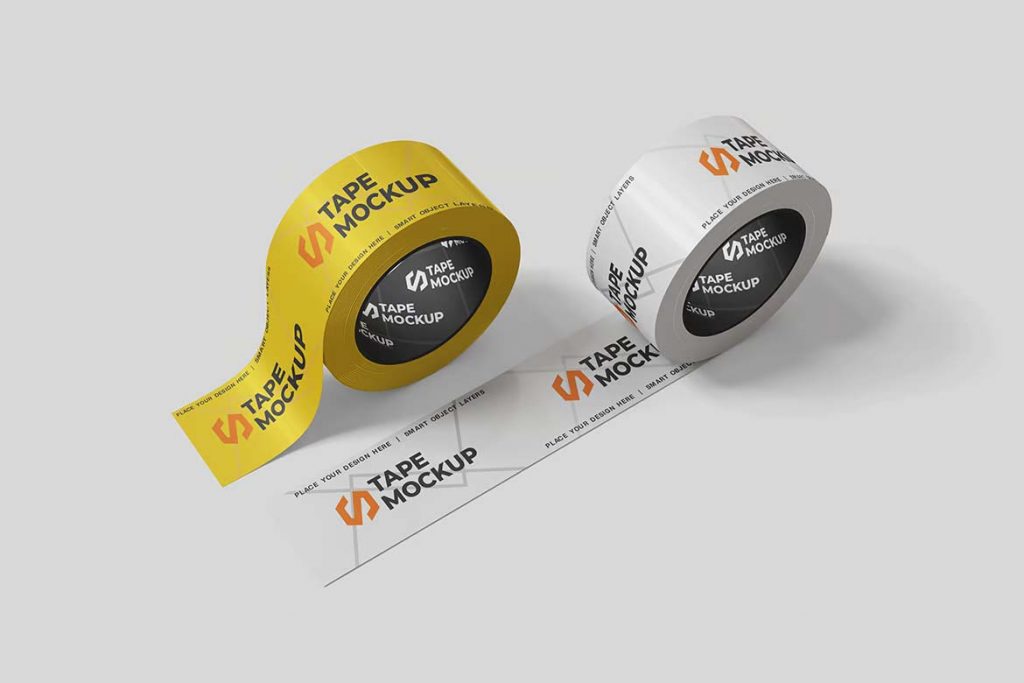In the world of prototyping and product design, simplicity often leads to brilliance. Duct tape mockups, a cost-effective and versatile method for creating prototypes, have revolutionized the way creators, engineers, and hobbyists bring their ideas to life. Using readily available materials like duct tape, cardboard, and other household items, you can craft physical representations of your concepts quickly and efficiently.
This article will dive into the benefits of duct tape mockups, how to create them, and why they’re an essential tool for creative problem-solving.
What Are Duct Tape Mockups?
Duct tape mockups are physical prototypes made using duct tape and other accessible materials. These mockups are typically used during the brainstorming or early design stages to visualize and test ideas. They are ideal for experimenting with shapes, sizes, and functionality before investing time and money in more advanced prototypes.
Duct Tape Mockups

Duct Tape Mockup Set

Duct Tape Mockup

Duct Tape & Box Mockups Set

Round Duct Tape Mockup

Premium Duct tape Mockups

Duct Tape PSD Mockup

Duct Tape Mockup

Tape Mockup

Duct Tape Photoshop Mockup

High Quality Tape Mockup

Packaging Tape Mockup Template

Duct Tape Mockup Designs

Duct Tape Designs

Duct Tape Mockup Set

Matte Duct Tape Mockup

Commercial Duct Tape Mockup

Wide Duct Tape Mockup Set

Premium Tape Mockup

Duct tape & Box mockups

Benefits of Duct Tape Mockups
- Cost-Effective:
Unlike 3D printing or using advanced prototyping materials, duct tape mockups require minimal investment. Duct tape, cardboard, and scissors are inexpensive yet highly effective tools. - Quick to Assemble:
Creating a duct tape mockup is fast and straightforward, making it perfect for brainstorming sessions or when you need to convey an idea quickly. - Highly Versatile:
Duct tape’s flexibility and strength allow you to experiment with different shapes and structures. It can be used to create models for anything from furniture designs to wearable prototypes. - Encourages Creativity:
The simplicity of duct tape mockups fosters a hands-on, problem-solving mindset. Without the constraints of expensive tools, designers can freely explore their ideas. - Eco-Friendly:
Many duct tape mockups repurpose materials like old boxes, plastic bottles, or paper, reducing waste and promoting sustainability.
How to Create a Duct Tape Mockup
1. Gather Your Materials: To start, you’ll need:
- Duct tape (in various colors for added creativity).
- Cardboard or foam board.
- Scissors or a craft knife.
- A ruler or measuring tape.
- Markers or pens for labeling and annotation.
2. Plan Your Design:
Sketch your idea on paper before building. Include dimensions and key features to ensure your mockup is functional and accurate.
3. Cut and Shape Materials:
Cut cardboard or foam board to match the shapes and sizes in your sketch. Precision at this stage ensures your mockup will align with your vision.
4. Assemble with Duct Tape:
Use duct tape to piece your materials together. Its strong adhesive properties make it perfect for holding components in place. You can layer the tape for added stability.
5. Test and Iterate:
Once your mockup is assembled, test its functionality and appearance. Gather feedback, make adjustments, and refine your design until you’re satisfied.
Creative Uses for Duct Tape Mockups
- Product Design:
Whether you’re designing a new gadget or household item, duct tape mockups allow you to test ergonomics and functionality early in the process. - Interior Design and Furniture:
Create scaled-down models of furniture pieces or room layouts to experiment with proportions and arrangements. - Costume Design:
Duct tape mockups are a favorite among cosplay enthusiasts for creating prototypes of wearable pieces like armor or accessories. - Engineering Projects:
Engineers can use duct tape mockups to visualize mechanical components or systems before moving to more detailed models. - Educational Tools:
Teachers and students can use duct tape mockups for hands-on learning, from building simple machines to constructing architectural models.
Why Duct Tape Mockups Are Essential for Designers
Duct tape mockups empower designers to think outside the box. By removing the pressure of high costs and complex tools, they open the door to experimentation and innovation. They allow for early problem-solving, ensuring potential issues are addressed before moving to advanced stages.
Tips for Successful Duct Tape Mockups
- Use Colored Tape: Adding color to your mockups can help highlight specific features or differentiate between components.
- Label Components: Mark key parts to make the model easier to understand, especially when sharing with a team.
- Start Simple: Begin with basic shapes and add complexity as your design evolves.
- Repurpose Materials: Use recyclable or leftover materials for a more sustainable approach.
Duct tape mockups are a testament to the power of simplicity in design. Affordable, accessible, and incredibly effective, they allow creators to bring their ideas to life quickly and innovatively. Whether you’re a seasoned designer, an educator, or a hobbyist, duct tape mockups are a valuable tool to keep in your creative arsenal.
With just a roll of duct tape and some imagination, you can turn ideas into tangible prototypes and pave the way for groundbreaking innovations. So why wait? Start your duct tape mockup project today and unlock your creative potential!